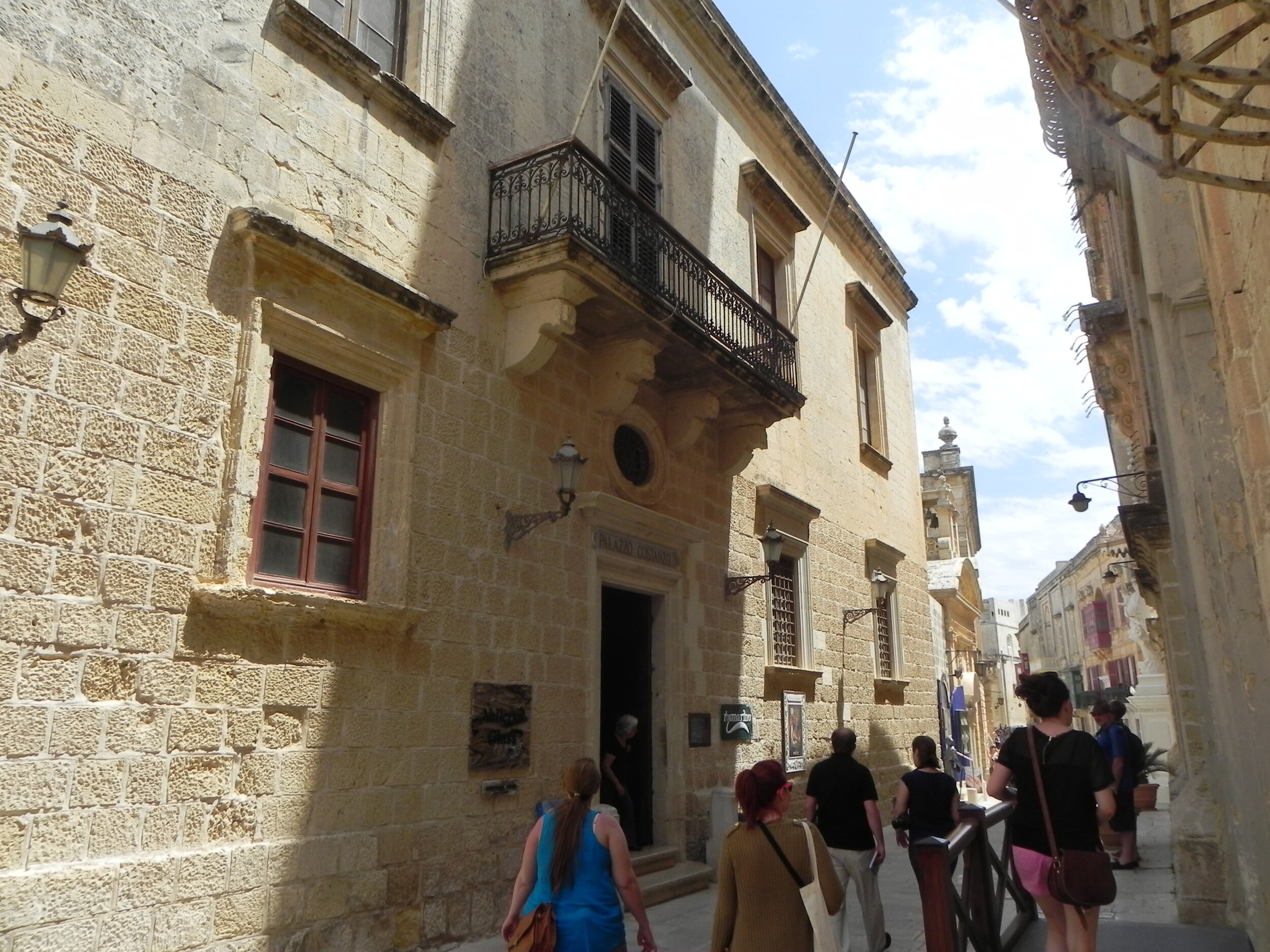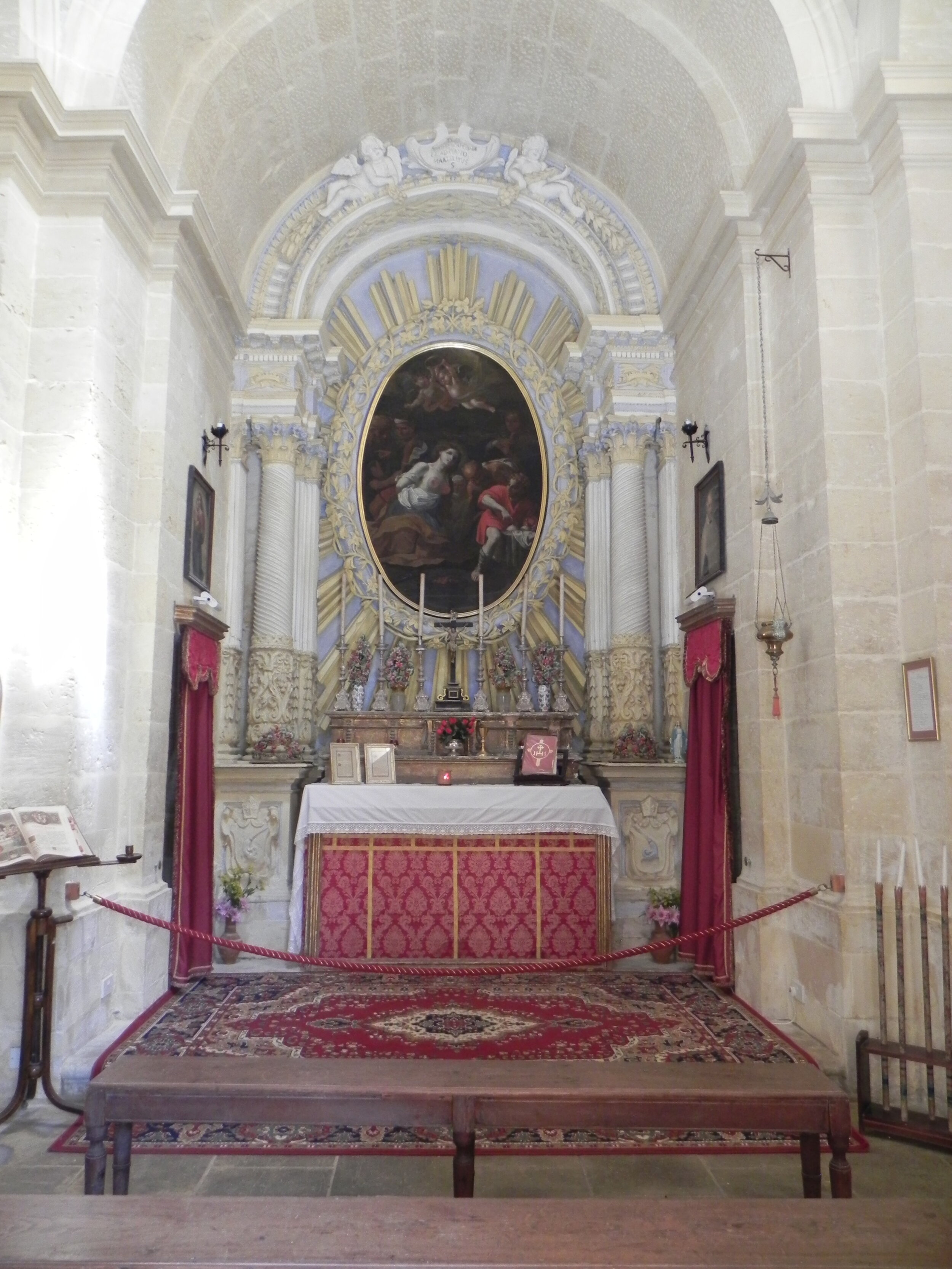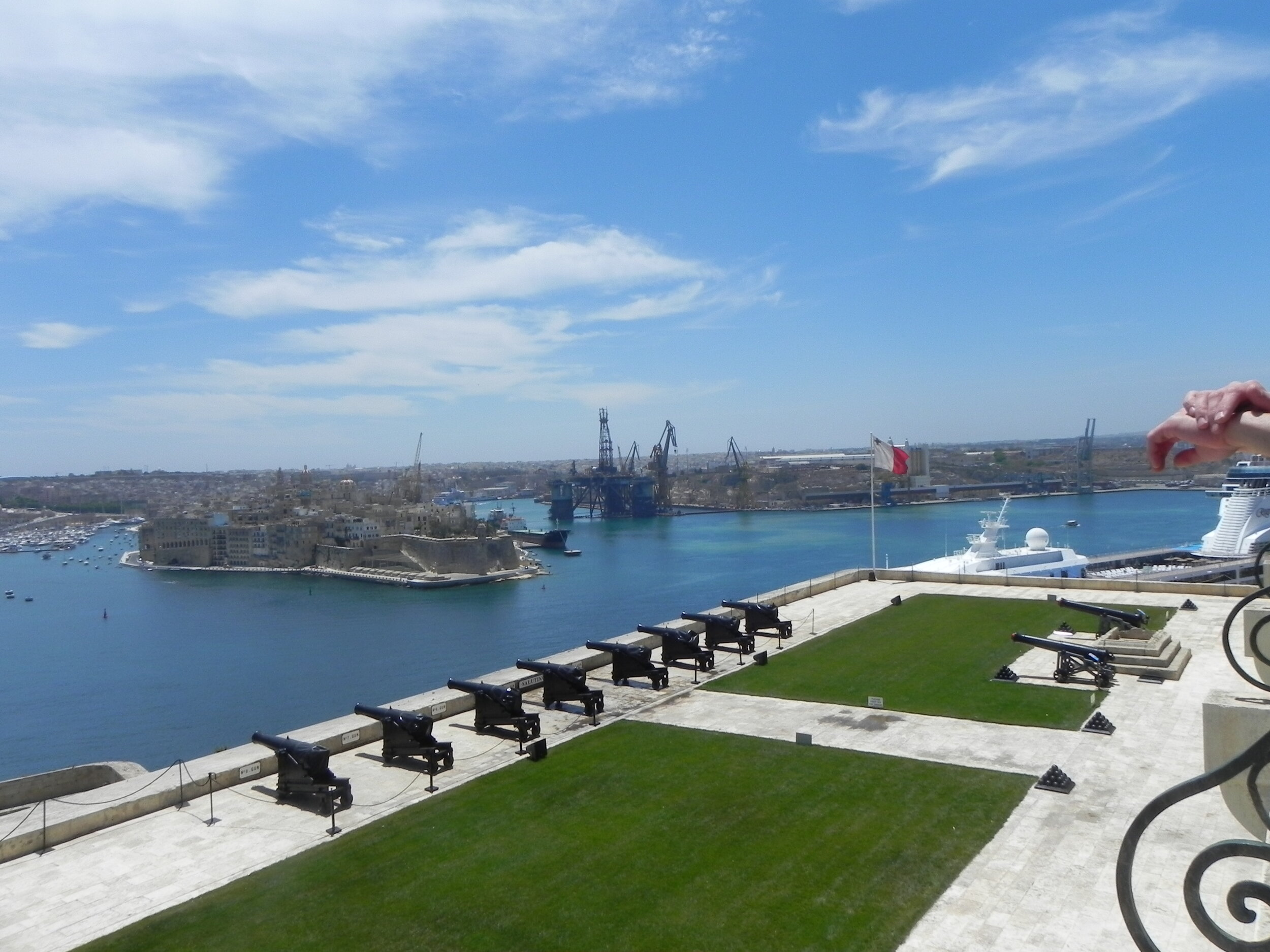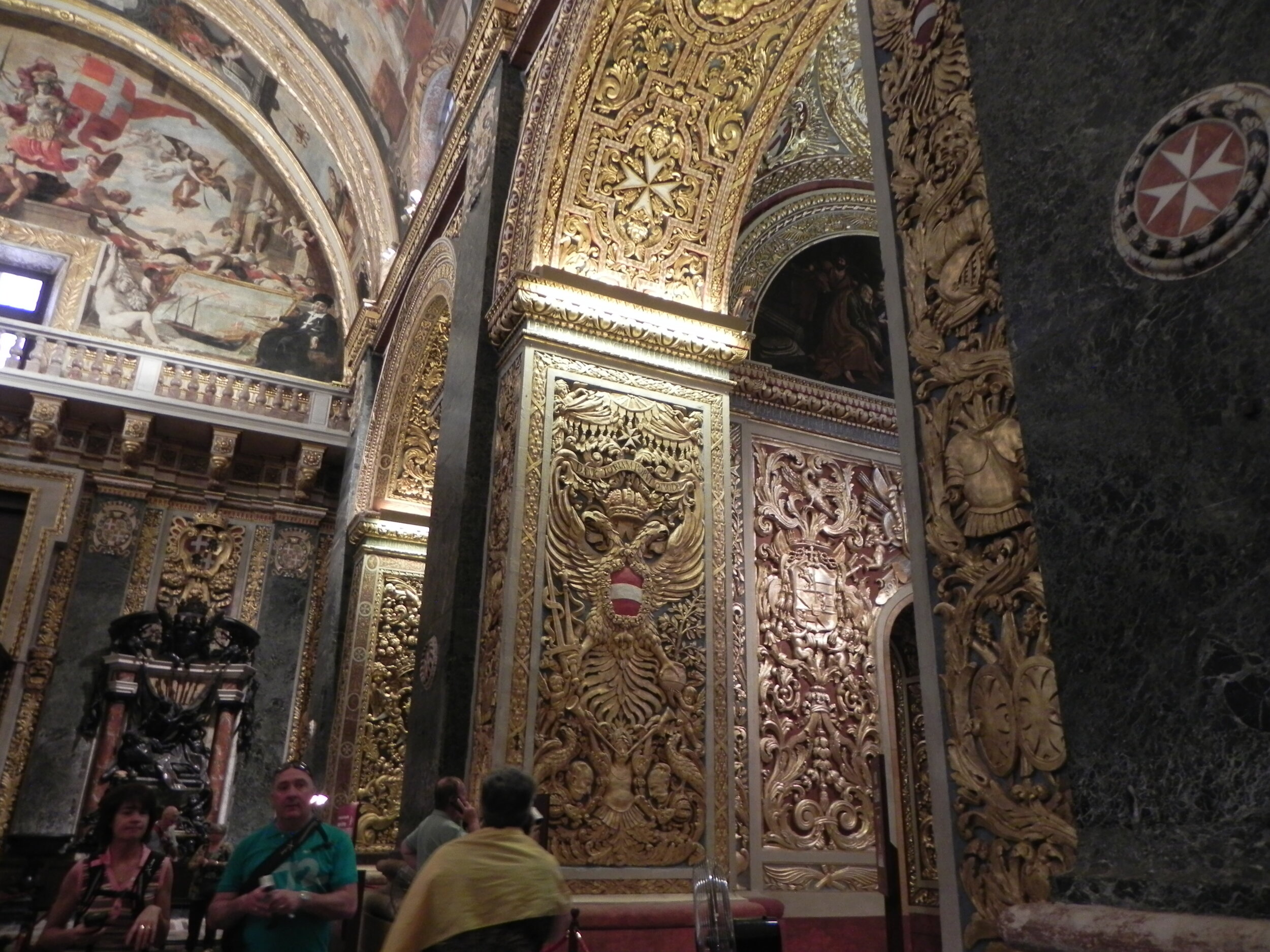Lockup Anniversary- Spring 2021
I’m turning on the laptop and checking in with the world since December of last year. Been in the house, basically like everyone, for a year now. Of course, we did get to spend the first third of it in Sicily. The kicker is that we haven’t been anywhere to capture new photos, so I’m going to curse you with old ones.
Courtyard of the Blue Mosque
I’m going into the files of a trip we took in 2013. Rae was graduating from a combined San Diego State University/University of Malta Masters program so we took the opportunity to travel to Malta with side trips to Istanbul and Sicily over 3-3.5 weeks. We spent 4 days in Istanbul, during the riots at Taskim Square, and 5 days in Sicily with friends.
I think I’ll start with a chronological order to my photos. I’ll begin with the Malta photos, move to the Istanbul and finish with the Sicily ones. I’m planning on doing a couple posts to cover this trip we took and then look through my earlier trips to Italy and Sicily when we went to Rome, Calabria, Palermo, Agrigento and the Valley of the Temples, Selinunte and Corleone.
I may not be able to adequately identify all the places and sites since it’s been 8 years, and more, since we did the trips but the photos will speak for themselves, I hope.
My Malta photos start with a trip to Mosta. The cathedral in Mosta was hit by a German 500 lb bomb while the church was full of people sheltering from a bombing raid. (The Germans destroyed 95% of the islands’ buildings during the 2nd World War, trying to drive the British out of this strategic series of islands. British aircraft from the island’s base harassed the Luftwaffe and German armies in North Africa.) When the bomb hit the dome of the church it pierced the dome and fell into the body of the church but did not detonate. This is celebrated as a miracle in Malta, which is 95% Catholic. The church’s dome is a series of stacked stones in concentric circles building to the final height, an unusual type of construction, yet one that may have allowed the bomb to fall through without collapsing the entire dome.
The capital of Malta is Valletta, a heavily fortified city with multiple forts guarding the many natural harbors. From the city’s main fortifications you can see 6-7 other fortifications. All the walls are pockmarked with damage from WW II, but the thick stone walls withheld. Most walls are several feet thick, remnants from the days of fighting the Turks, built and maintained by the Knights of St. John, an order of Jesuit knights, warrior priests, defending the island against the “infidels”. In 1091 the Arab rulers were driven out by Roger I, a result of the defeat of the Arabs in Sicily.
One one of our first nights we were invited to a dinner party by one of Rae’s classmates who had been the Maltese ambassador to the US. He had opened one of the first true wineries on the island and we were headed out there for a big dinner. It was excellent. Later in the trip we were able to have dinner with him and his wife in Valletta. Nice couple. When we get back we would like to reconnect with her friends there. We hope to do it during one of our extended Sicilian retreats. We’ll drive to Pozzallo and walk-on for the ferry to Malta. Take cabs or busses when there. The busses used to be good, but the public line was shut down. The busses were HUGE. They were originally bought by London but were too big for the city’s streets so they “gave” then to Malta on the cheap. Now, Malta’s roads are no bigger, in fact, the majority of city streets are smaller. The Brits screwed them again.
There are several large Arab constructed walled cities preserved. M’Dina (Medina) is probably the best one and is a wonderful World Heritage site. The city’s walls are all intact. The streets are all curved, a defensive strategy, and there are few first floor windows, again a defensive design. The few windows that do exist are small, narrow and placed high in the wall where someone on the street could not attack anyone inside. Access for vehicles is restricted to residents and there are no busses or trolleys.
We stayed in the Siliema neighborhood but spent lots of time in the capital city of Valletta, The city is constructed around one of the best harbors in the world. There are many docks, due to the large number of inlets and bays, and every point has a fortress, making the importance of this island evident. The German air war has left it’s mark on the forts. You see pockmarked walls everywhere. It’s surprising to see the huge walls still standing since most of the island’s buildings were destroyed in the war.
The St. John’s Co-Cathedral, a 16th. Century baroque structure is almost overwhelming. There are multiple naves, each one “sponsored” by a “Langue” or company of knights from a particular European country who signed up with the Knights of St. John to defend the island against the Turks. Each country tried to outdo the others in the baroque embellishments of it’s own nave.
In Malta there is a tradition of celebrating events, like graduations, with big parties. Usually “caravans”, renting a semi truck and flatbed trailer. Putting sidewalls on it, a bar and DJ with a sound system that can be heard for blocks. The celebrants get on board and dance and party all around the island for the entire day.
Rachel’s cohort decided on something different. They pooled their money and rented an 85’ catamaran for a day on the water, sailing around the country, literally. The boat was qualified for 85 people and we had about 25. It had a full kitchen and a crew of 5. We were supposed to sail from Siliema, but the winds on the south side of the island made it impossible to board at the harbor. In fact, the skipper had fallen off the gangway before we got there, and ruined his cell phone for the second time in two weeks. A quick re-plan was in order. He suggested we go to the north side of the island and board at a small harbor up there. We quickly found some vans that could carry us and off we went. The boat sailed around the island and picked us up. It was a wonderful day. Sunny and warm. We even had a chance to go swimming in a cove off of Gozo.























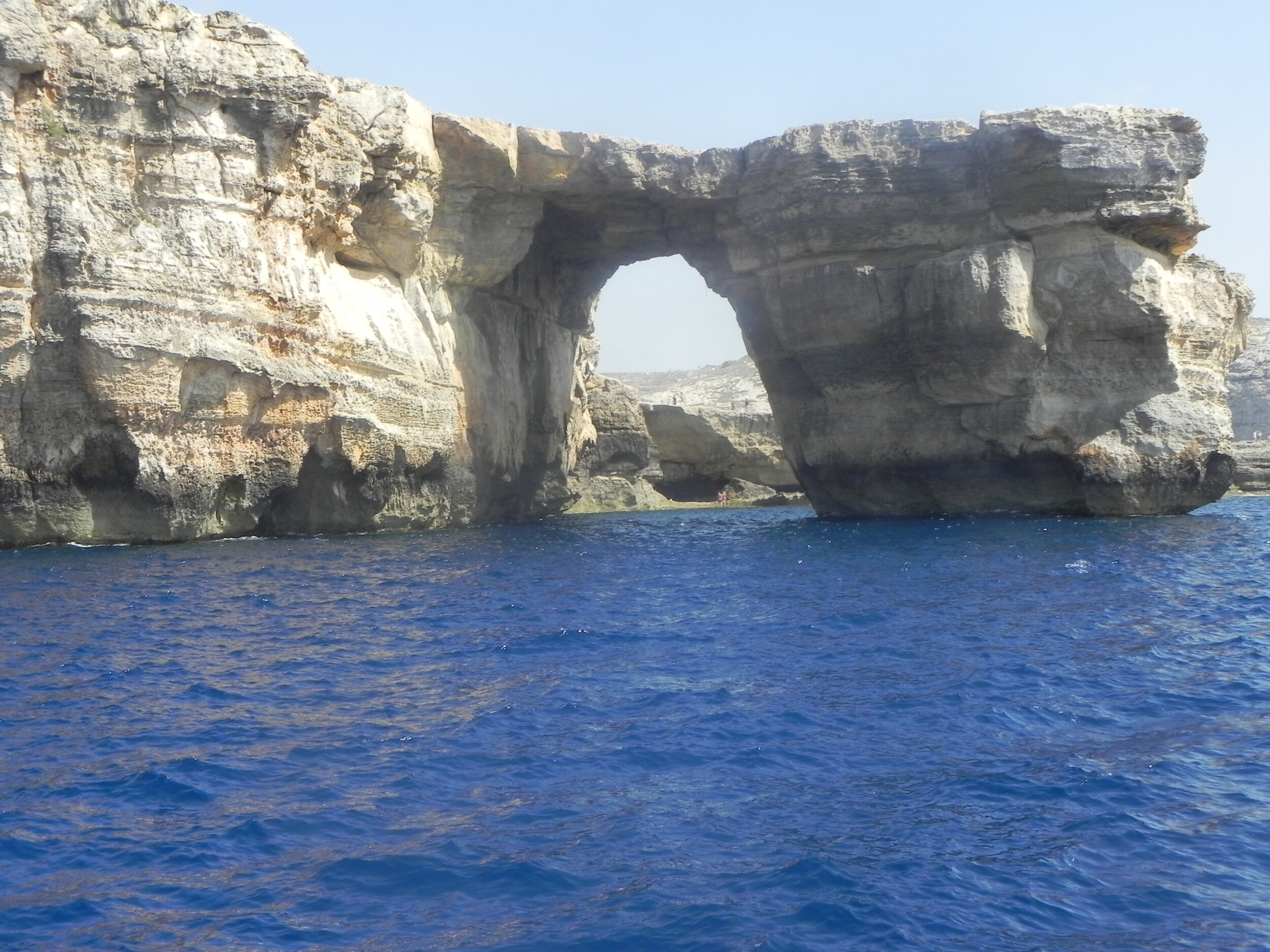










The opening photo is a shot from a side trip we took to Istanbul. We spent about 4 days, enjoying the sights and food. We stayed in the Fatah neighborhood near the Blue Mosque and the Hagia Sophia. We would go to the Blue Mosque at night, when the crowds were smaller and the temperature cooler. The Sultan Ahmet Park, between the Hagia Sophia and the Blue Mosque, sits atop a huge underground reservoir and is full of people in the evening enjoying the night air. You can tour the cistern and you should do so if you get the chance. You can see how the city was able to withstand sieges for centuries. There are other cisterns under the city, including the Hagia and the Topkapi Palace. We took transit to the New Mosque and the Spice Market, where you find literally every spice imaginable in big open baskets. The Hagia Sophia was converted to a museum years ago and had been undergoing renovation, exposing the mosaics from the original Orthodox church. Last year the president of Turkey, wishing to cement his “Islamic” position, declared that the structure was to be turned back into a mosque. This means the many icons and mosaics could be recovered in plaster and paint after much work to expose the original works.
























Still digging through Istanbul photos. We went into the Basilica Cistern, a giant reservoir under the park. (https://en.wikipedia.org/wiki/Basilica_Cistern). A great place to visit when it’s hot out. Note that the capitals on the columns are from all periods of Greek temple construction, Doric, Ionic and Corinthian. Sorry about focus on some photos taken without a flash. When in Istanbul another spot to visit is the Topkapi Palace, the original palace of the Sultans. Beautifully ornate stonework throughout. There is also an Inman reading the Koran 24/7 in one room of the palace.
The Topkapi is also a history lesson through it’s descriptions of the various palace buildings and rooms’ histories. The Sultans often had any brothers who might contend for the sultanate put to death immediately upon ascension to the throne. One had 40 siblings driven through the city to a field outside the walls where they were murdered. The public outrage resulted in succeeding sultans simply locking them up in solitary confinement until they, or the sultan, died.
































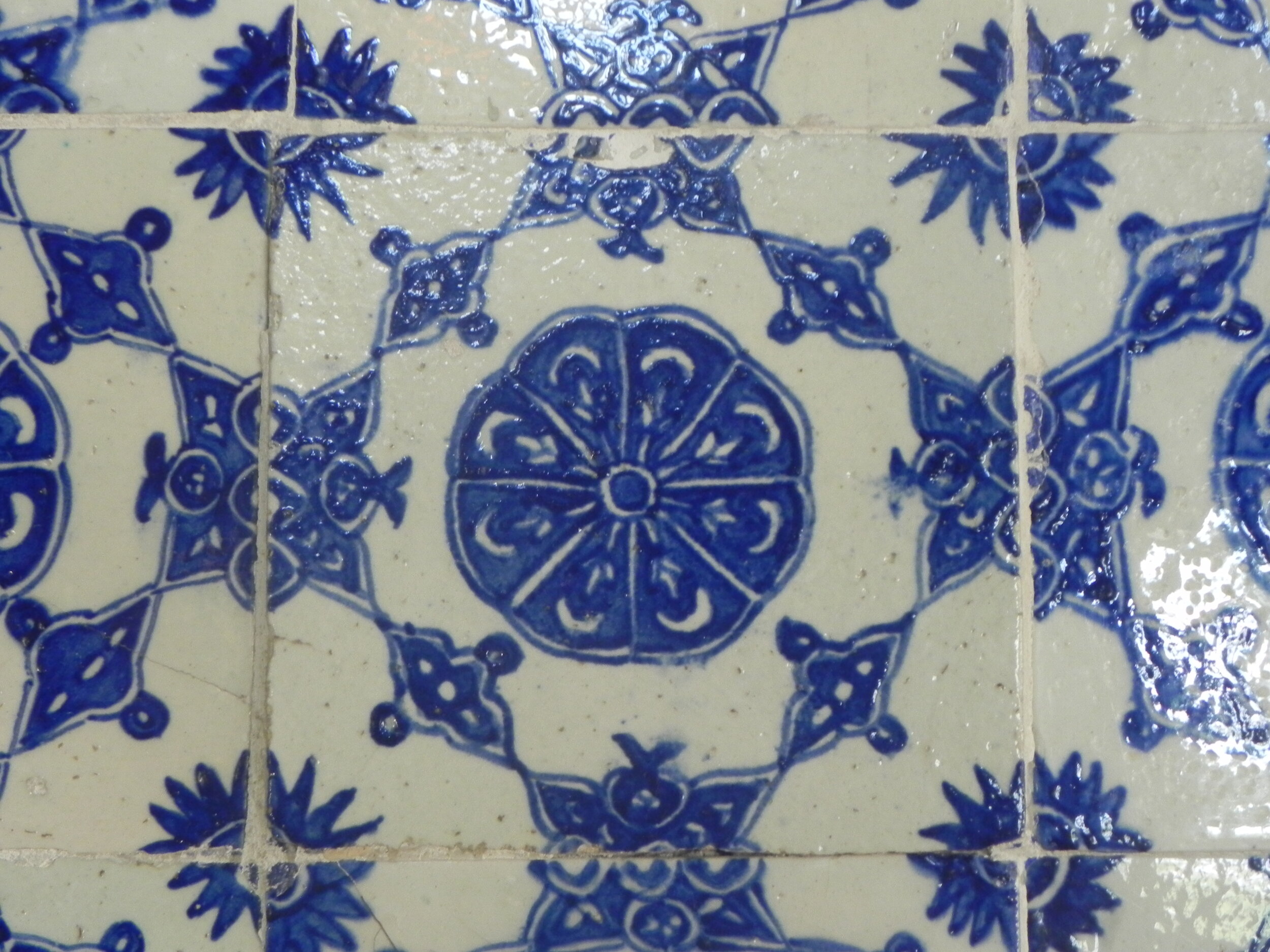


Well, I’ve loaded enough for now. I’ll start another posting soon to cover the Blue Mosque, the Spice Market, and the Grand Bazaar.
Ciao, for now.













































